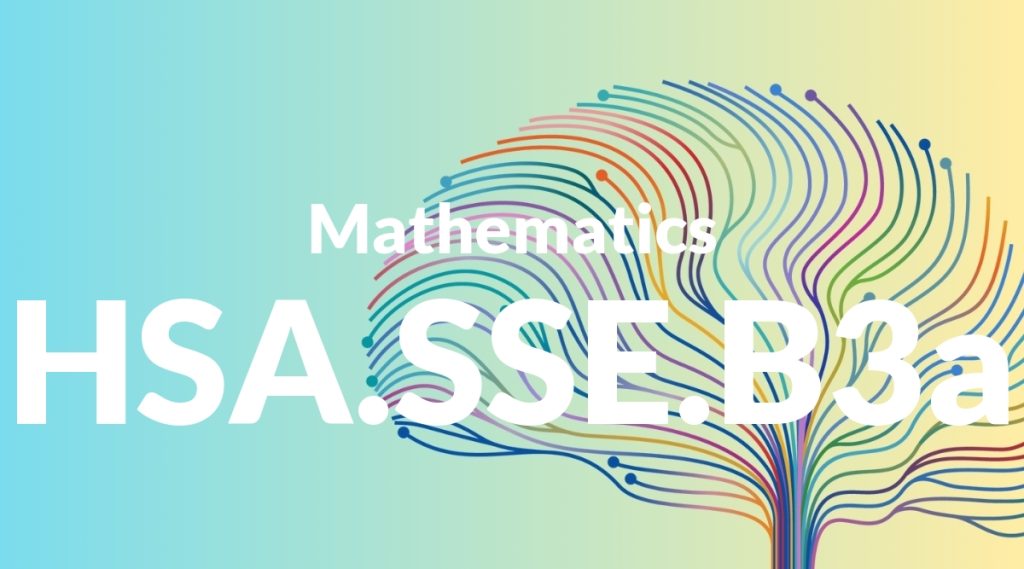Standard: HSA.SSE.B3a – Factor a quadratic expression to reveal the zeros of the function it defines.
Grade level: High School: Algebra
Subject: Mathematics
Domain: Seeing Structure in Expressions
Teacher Overview
This standard focuses on helping students understand how to factor quadratic expressions to find the zeros of the function. This is a crucial skill in algebra that lays the groundwork for solving more complex equations and understanding the behavior of quadratic functions in various contexts. Before tackling this standard, students should be comfortable with basic algebraic operations and solving linear equations. They should also understand the concept of a function and how to manipulate polynomial expressions.
Mastering this standard prepares students to solve more complex quadratic equations and apply their understanding in real-world contexts. They will also be ready to explore higher-degree polynomial functions and their applications.
Common Misconception 1
A common misconception is that all quadratic expressions can be factored easily. This is incorrect because some quadratics require different techniques such as completing the square or using the quadratic formula.
Intervention 1
To address this misconception, provide students with a variety of quadratic expressions and teach them multiple factoring techniques. Encourage practice with different types of problems to build flexibility in their problem-solving approach.
Common Misconception 2
Another misconception is that the zeros of a function are always integers. This is incorrect because quadratic equations can have non-integer solutions, including irrational and complex numbers.
Intervention 2
Use examples that include non-integer solutions and emphasize checking solutions by substituting them back into the original equation. This helps students understand that zeros can take various forms.
Prerequisite Knowledge
Students should have a solid understanding of basic algebraic operations, including addition, subtraction, multiplication, and division of polynomials. They should also be familiar with the concept of functions and how to solve linear equations.
Subsequent Knowledge
After mastering this standard, students will be able to solve more complex quadratic equations and apply their understanding of quadratic functions in various real-world contexts. They will also be prepared to explore polynomial functions of higher degrees and their applications.
Instructional Activities
- Practice factoring different types of quadratic expressions
- Use graphing calculators to visualize the zeros of quadratic functions
- Solve real-world problems involving projectile motion
- Group activities to factor and solve quadratic equations collaboratively




